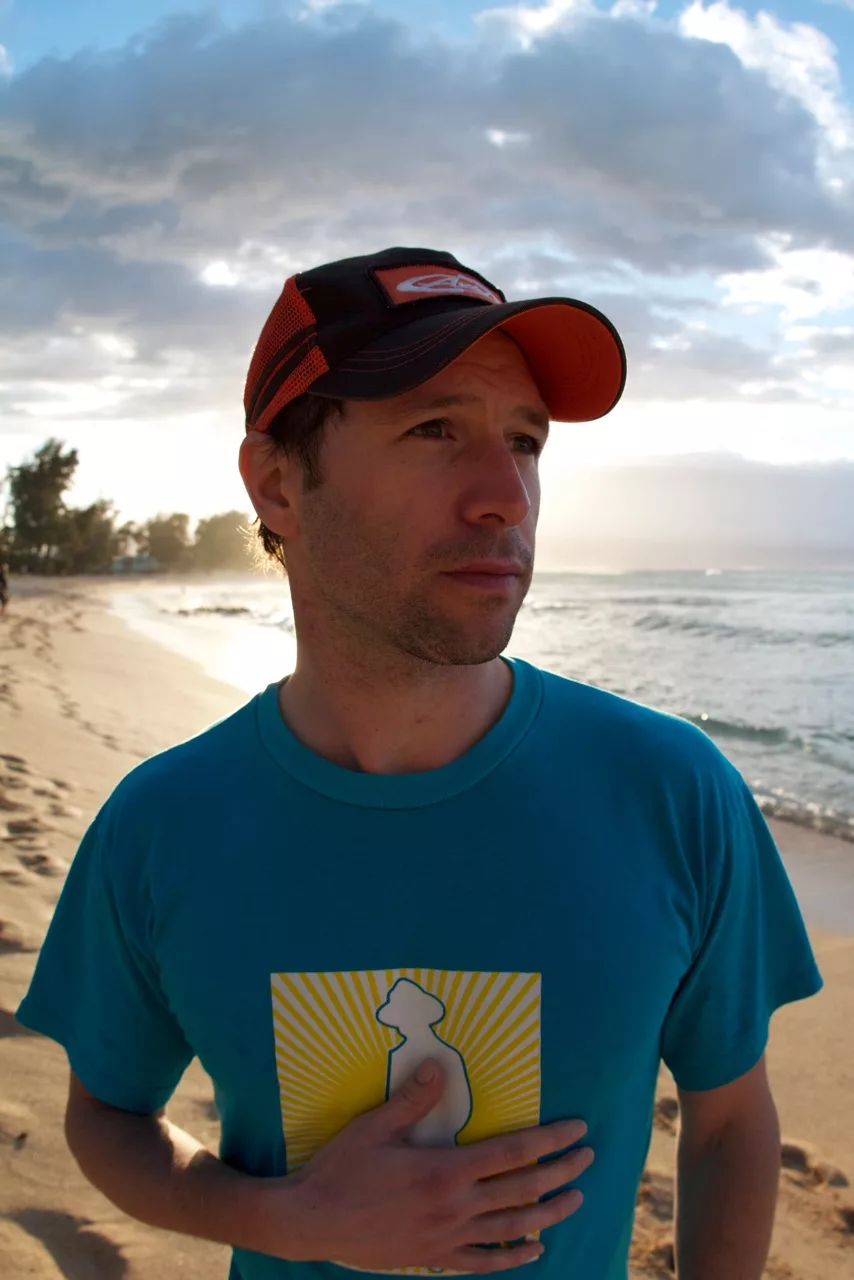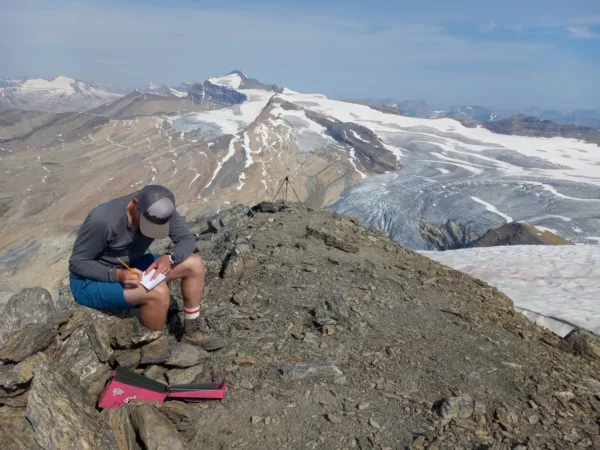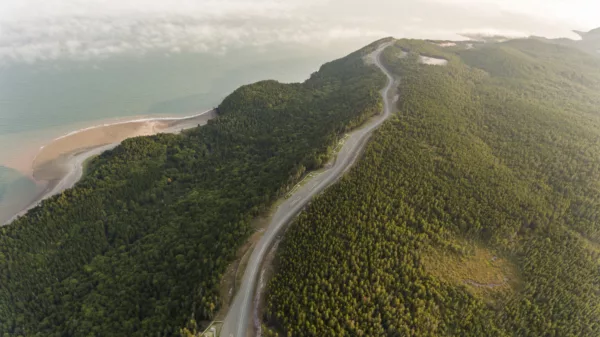Special Report: Where Have All The Skiers Gone?
Standing in another 30-minute lift line it may seem hard to believe, but three million fewer skiers and snowboarders rode lifts in Canada in the 2015/2016 season than a decade earlier.
Even avid skiers are getting out less, six or seven days per winter compared to 12 to 15 a decade before. It’s evidence of a steady decline in ski participation in North America, a problem the industry is finally shovelling its way into.
“As an industry, it’s a high-priority concern,” says Paul Pinchbeck, president of the Canadian Ski Council, an industry group. “We built the sport on the feet of baby boomers. They’re getting older and finding other things to do with their leisure time. The younger generation is still skiing, but not as much, and for new Canadians, skiing’s not something they’ve been exposed to. Add it all up and fewer Canadians are skiing even though the population is growing.”
At Mount Washington Alpine Resort on Vancouver Island, British Columbia, Mike Manara adds a protracted fight between teachers and the government. When he started as snow school director in the early 2000s weekdays were “all hands on deck” affairs. As many as 700 school kids would pass through the school on a busy day. After teachers worked to rule, went on strike and staged other job action, the number of school trips plunged, he says. Today a busy day is 300 kids.
“That has a ripple effect,” says Manara. “We’re now seeing fewer people skiing as adults because they weren’t exposed to it as kids. When I ask my instructors at staff orientation how many learned to ski on class trips, more than half put up their hands.”
Slowly, the industry realized something was going on and started to do something about it. The CSC’s first action was to create the Grade 4/5 Ski Pass. It gives nine- and 10-year-olds three free days of skiing at just about every resort in Canada.
“We’ve found the rule of thirds works in skiing,” says Pinchbeck. “Go skiing three times and you’ll probably keep going.” And the kids were not skiing alone; in most cases mom and dad and siblings went skiing too.
Resorts started experimenting with their own programs, as well, mostly focused on attracting new skiers.
“If you’ve never skied before you have no idea what to expect, how to dress, where to go, how long it’s going to take,” says Manara. “We realized if we want new skiers we need to not only make it easy for them, but also make sure they have a good time.”
At Mount Washington, Manara started a series of programs that grouped lessons and rental gear with information on what to expect and incentives to come back and ski again. In addition, the resort created cheaper season passes for rookies to encourage people to try the sport with less financial risk.
Whistler Blackcomb started Never Ever Days, a similar program that smoothed the way for giving the sport a try. Pinchbeck says the $90,000 investment netted the resort a million dollars in revenue. It was especially good at encouraging under-represented groups to try skiing: women normally make up about 30 per cent of skiers but they are 65 per cent of Never Ever participants; visible minorities are 40 per cent of the program, compared to 11 per cent usually.
Whistler Blackcomb found the program was so successful they shared it with anyone who wanted to try it. This winter, 81 resorts across the country are running Never Ever Days.
It’s part of a slow realization by the entire industry that they need to work together to grow the number of skiers, rather than constantly competing. Pinchbeck says instructor alliances, resorts, manufacturers and other stakeholders are talking for the first time ever.
But, Manara and Pinchbeck both admit more needs to be done, particularly to combat the perception that skiing is expensive.
Lift prices aren’t getting any cheaper and neither is the gear. But what a lot of skiers don’t know is that resorts often have discounted ticket programs and many retailers offer half-off trade ins, particularly on kids gear.
“There are lots of deals to be had, but we as an industry need to do a better job of telling people about them,” says Pinchbeck.
Maybe that’s the silver lining to the decline in skiers for skiers. To reach the CSC’s goal of one million new skiers and 200,000 new active skiers in five to 10 years, the entire industry will need to make skiing a lot more attractive. Things could get interesting.
Related Content:
Return of the One-Piece: Why You Need Helly Hansen’s Ullr Powder Suit in Your Life Today
5 Shape-Up Workouts for Downhill Skiing and Snowboarding
Gear Guide: Layering Tips for Alpine Skiing














